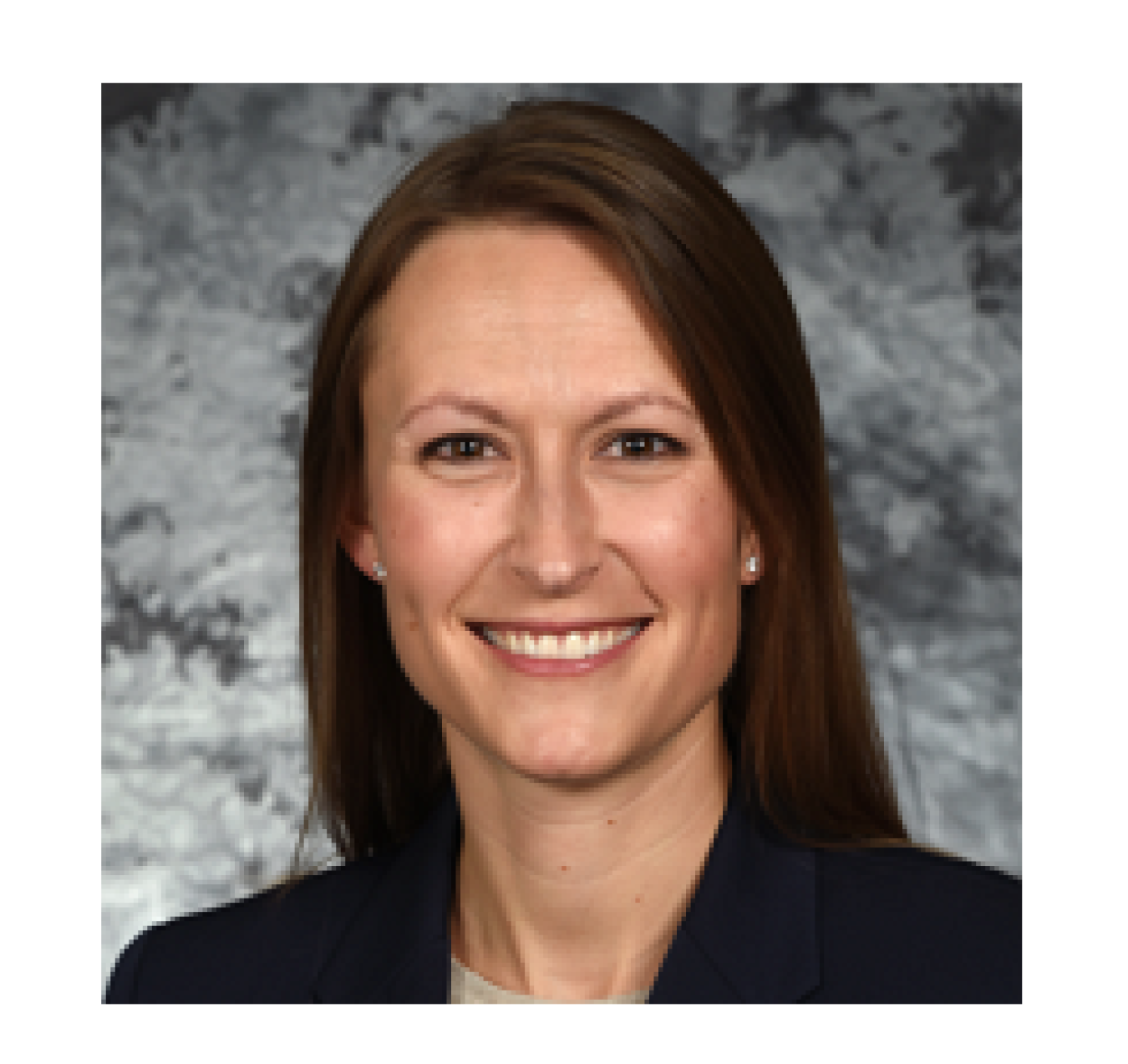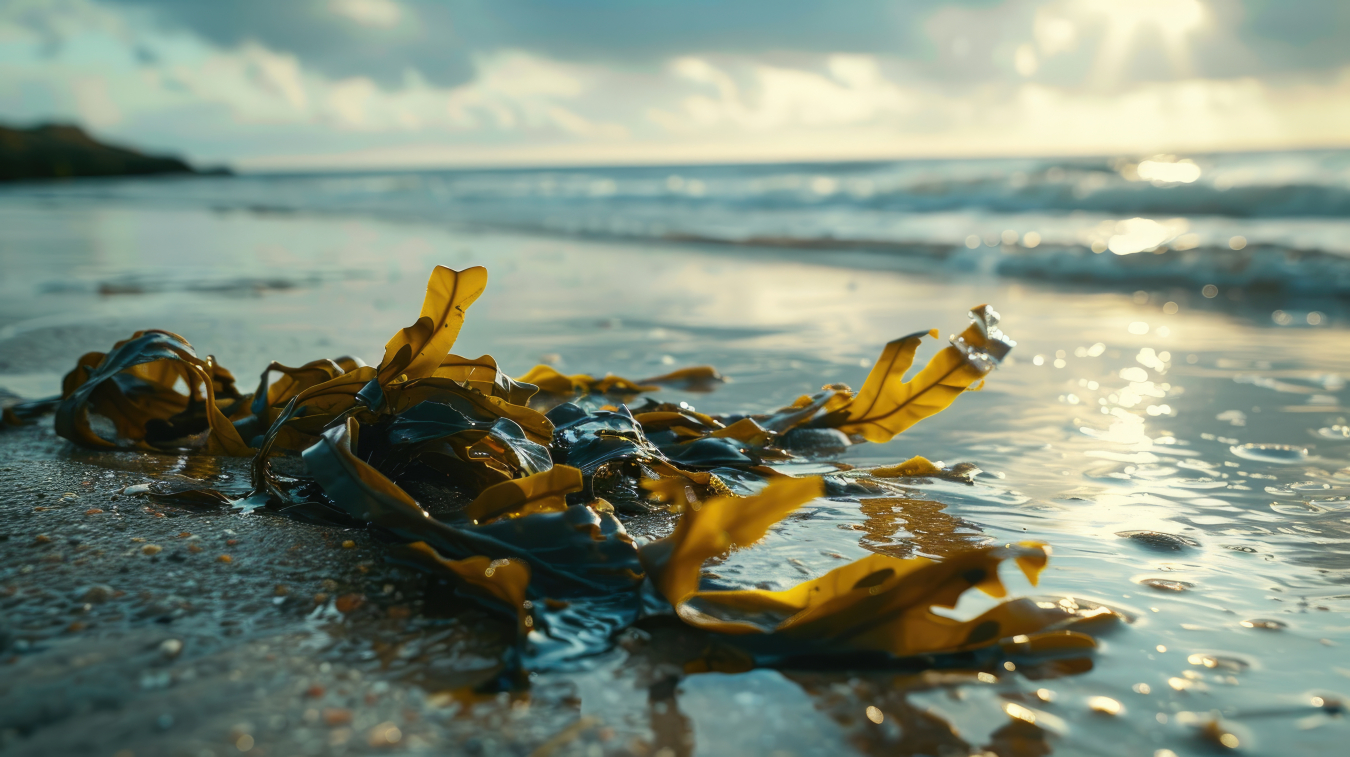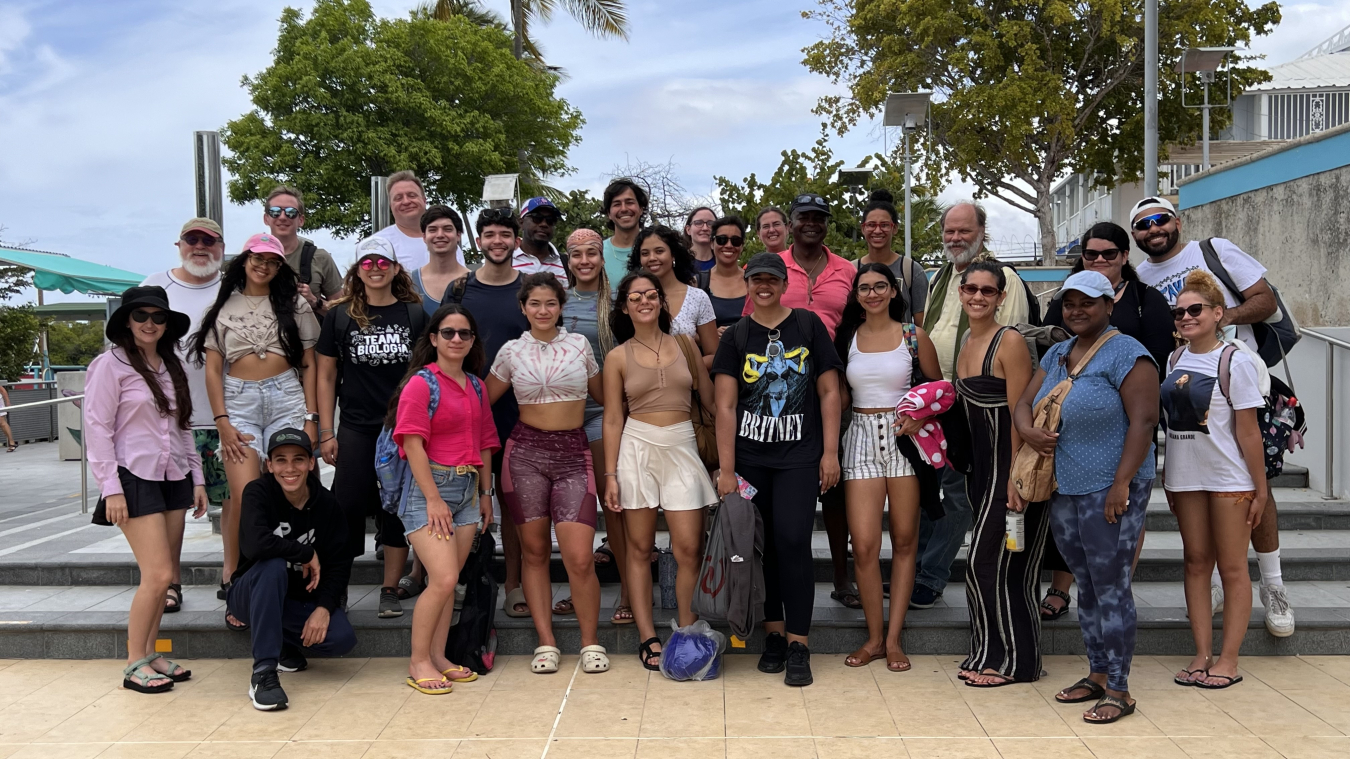Seaweed, in its many forms, serves distinct purposes. It’s a vitamin-rich snack, with many health benefits. In the water, it provides a safe habitat for sea creatures, absorbing gases and nutrients like carbon dioxide, nitrogen, and phosphorous. It’s even used as an extra ingredient in ice cream, thickening it and preventing ice crystals from building up.
August 23, 2024Dr. Lynn Wendt

Dr. Lynn Wendt serves as the Laboratory Relationship Manager to the U.S. Department of Energy’s Bioenergy Technologies Office (BETO). Dr. Wendt is also a senior research scientist in the Energy and Environment Science and Technology Directorate at Idaho National Laboratory (INL). She has served as a principal investigator for multiple projects sponsored by BETO and has contributed to strategic planning for INL’s Biomass Feedstock National User Facility and associated programs. Dr. Wendt holds a bachelor’s degree in biochemistry from the University of Minnesota, a master's in biology from Idaho State University, and a Ph.D. in environmental science from the University of Idaho. Dr. Wendt is a bioenergy research expert in post-harvest physiology and chemistry of biomass storage systems and microbial systems for bioenergy feedstock supply chain processes. She has pioneered the development of biomass and algae material storage and handling systems that stabilize biomass materials while increasing biomass value during short- and long-term storage. Her 25 biomass-related publications and 3 patent applications are the authoritative reference on value-add biomass storage systems.
Seaweed, in its many forms, serves distinct purposes. It’s a vitamin-rich snack, with many health benefits. In the water, it provides a safe habitat for sea creatures, absorbing gases and nutrients like carbon dioxide, nitrogen, and phosphorous. It’s even used as an extra ingredient in ice cream, thickening it and preventing ice crystals from building up. But the phrase “too much of a good thing” applies to seaweed, too.
Over hundreds of years, large amounts of macro algae, or seaweed, have accumulated in swirls near the Sargasso Sea in the middle of the tropical Atlantic. Recently, ocean conditions have been causing this seaweed, known as sargassum, to flourish. The so-called Great Atlantic Sargassum belt stretches from the west coast of Africa to the Caribbean Sea. When large quantities of sargassum wash ashore, environmental impacts include harm to hatchling sea turtles by blocking their ocean access.

Sargassum mats piled up on beaches release hydrogen sulfide as they decompose. The gas smells like rotten eggs; it can irritate the eyes, nose, and throat and have a negative impact on tourism, the primary economic driver in many of these locations. The mats must then be removed by hand, where they go to landfills and decompose, releasing methane, a potent greenhouse gas.
To turn this nuisance into a resource, Idaho National Laboratory (INL) is exploring the potential of processing sargassum for conversion to biofuel. The team is working with affected communities and starting with the question of how to store the stuff. This project is funded by the U.S. Department of Energy’s (DOE’s) Bioenergy Technologies Office (BETO), which supports INL’s Algae Feedstock Logistics and Handling project.
Additionally, BETO’s Bioenergy Research and Education (BRIDGES) program is using data from this project to develop a free educational case study that introduces high school, technical and community college, and university-level students to the complexities of seaweed feedstock logistics. The BRIDGES program also explores careers in bioenergy.
“One of the main challenges with this sargassum is that it’s hard to predict when it will wash ashore,” said Brad Wahlen, an INL biomass researcher. “Sometimes it builds up in large clumps, which pile up and decompose when they aren’t stored properly, but other times, there’s very little sargassum.”
A proper storage system would prevent excess sargassum from collecting on beaches and decomposing. Storage could also ensure that fueling efforts don’t remain idle when less sargassum is on the beaches.
Wahlen and his team are looking into a silage-based storage system for the sargassum as it awaits conversion into biofuel. Silage refers to a type of fodder made from green foliage fermented to the point of acidification.
“Once we can store them, we can harness them as a unique biofuel option to decarbonize energy intensive sectors,” Wahlen said.
Research on Location
To better understand the situation in one local community affected by sargassum wash-up, and to engage students and researchers in that community, an INL team recently traveled to San Juan, Puerto Rico. Also on the team was Dr. Elizabeth Burrows, Technology Manager for the Algae Feedstock Logistics and Handling project within BETO.
“We conducted a three-day workshop there, where we met with students, hosted lectures, and performed hands-on activities with them in the field,” said Wahlen. “We had 30 local students involved. It’s great to have people who are directly impacted by the problem be part of the team working toward the solution.”

During this workshop time, the students and INL researchers toured an algae farm and a local reef, collecting seaweed for hands-on activities. They met with a local ecologist to understand the impacts of the proposed silage storage solutions.
Some of the ecological considerations include when to collect the sargassum—either when it’s at sea or once it hits the beach. Collecting it on the beach could lead to inadvertently collecting extra sand, which will need to be removed from the biomass. Collecting it at sea could be more expensive, and the impacts of sea collection on aquatic life are currently unknown.
The second major storage challenge comes in the form of preserving material for silage. Silage requires lowering the pH of the sargassum, which can be achieved through lactic acid fermentation. One challenge to this process is the high salt and water content in the sargassum, which creates conditions unfavorable to the lactic acid fermentation process. Another is the fact that the sugars in the sargassum are different from typical plants where this storage system works well.
“The team will need to address these challenges to identify a successful storage solution,” Wahlen said.
INL team members worked closely with Dr. Ike Levine, CEO of The Algae Foundation, who led the students’ lectures and is working to establish a robust U.S. seaweed industry. The Algae Foundation shares INL’s goal of identifying early career researchers in areas affected by sargassum pileup so they can be involved in the solution as these piles continue to grow.
“As more and more students become interested in developing solutions, we hope that we’ll be able to see concrete improvements in the environmental impacts of these large sargassum belts. Finding successful storage solutions will be a critical component,” said Burrows. “The workshop was an absolutely inspirational, hands-on learning experience for the students that will have a tangible impact on the algae industry in the coming years.”
Dr. Lynn Wendt serves as the Laboratory Relationship Manager to the U.S. Department of Energy’s Bioenergy Technologies Office (BETO).

